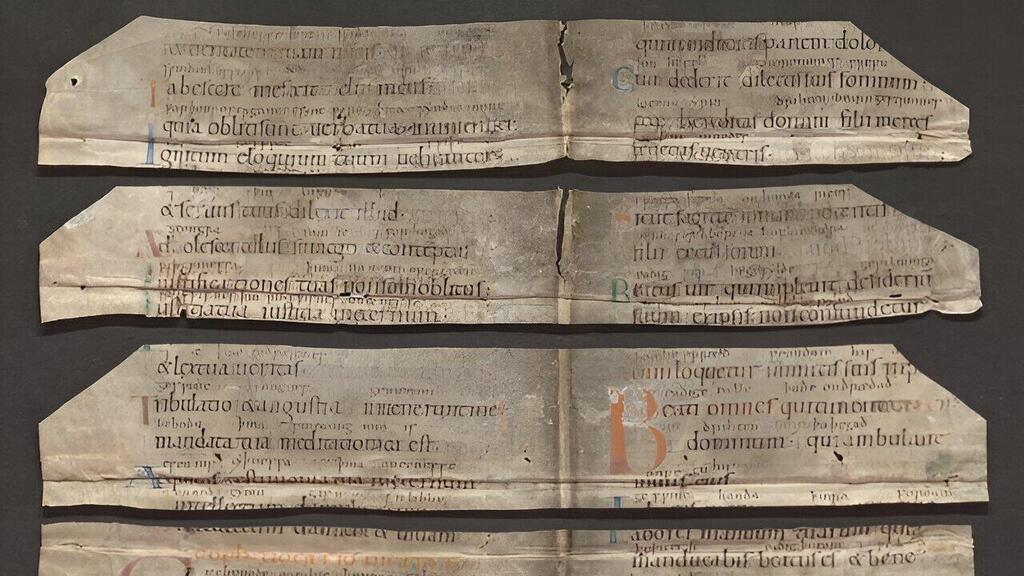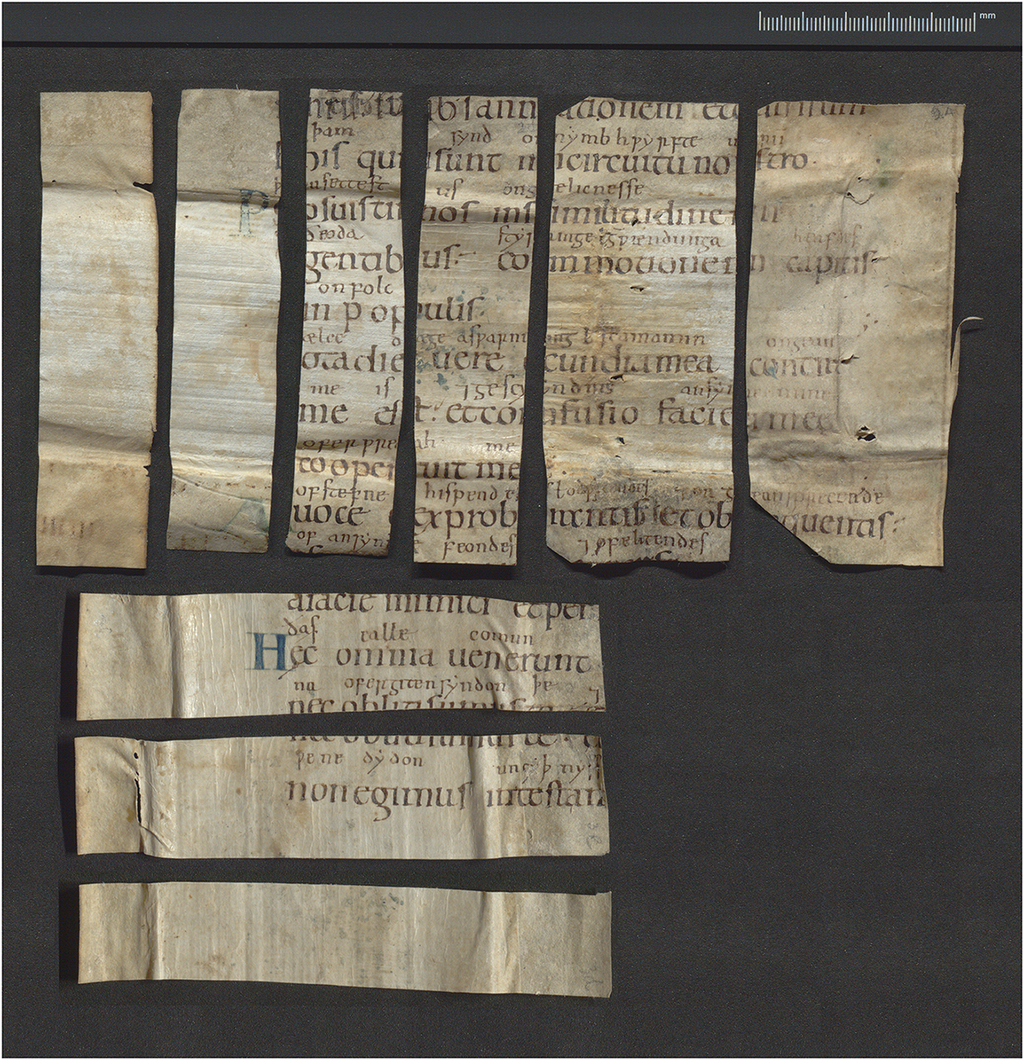A Greek dictionary from the 17th century, consisting of 14 volumes, has recently been discovered. This remarkable find included fragments of parchment from an 11th-century manuscript. Surprisingly, it is now believed that this manuscript might have belonged to a princess who fled England after the Norman conquest.
Read more:
During the 16th and 17th centuries, many books were printed and bound using parchment for reinforcement. This material was considered luxurious, prompting people to conceal ancient handwritten documents, especially those from the medieval period, often containing Catholic content or written in less common languages.
In the archives of Alkmaar, a unique discovery was made among the four volumes of the Greek dictionary: 21 sections from an 11th-century manuscript, a Latin psalter nearly 1,000 years old, featuring annotations in Old English (Anglo-Saxon). A psalter, in Christianity, refers to a book containing the Psalms, a Christian calendar and additional prayers.
These handwritten books were prevalent in the households of nobility and the wealthy in medieval Europe, serving for prayer and reading. Since many book owners couldn't read, the books were richly illustrated in the style of medieval art.
Old English was spoken roughly between 500 AD and 1100 AD and shared similarities with Germanic, Parisian and Dutch, unlike modern English. In the archival discovery in Alkmaar, the annotations were written in Old English above each Latin word, allowing readers of that time to understand the religious text with the help of word translations between the lines.
Dr. Thijs Porck, a medieval English language specialist from Leiden University, analyzed over 500 Old English annotations, contributing valuable insights into the medieval English language. The findings were published in the journal Anglo-Saxon England.
Porck stumbled upon this historical discovery in a four-volume Greek dictionary bound in Leiden, located in the historical and cultural hub of the Netherlands, around the year 1600. One of the intriguing questions that emerged during the research was how an 11th-century English manuscript found its way into the hands of a bookbinder in Leiden. The answer lies in the 16th century, when large quantities of English manuscripts were sent to Europe, allowing bookbinders and soap makers to reuse them creatively.
However, Porck proposed an alternative theory in his research, suggesting that the discovered Old English annotations may belong to Gunhild, a princess who escaped England after the Norman Conquest following the Battle of Hastings on October 14, 1066. This battle was a decisive moment in the Norman Conquest of England, where William the Conqueror defeated the Anglo-Saxon army led by Harold II (the brother of Princess Gunhild) in a short amount of time. This victory marked the end of Saxon rule in England.



